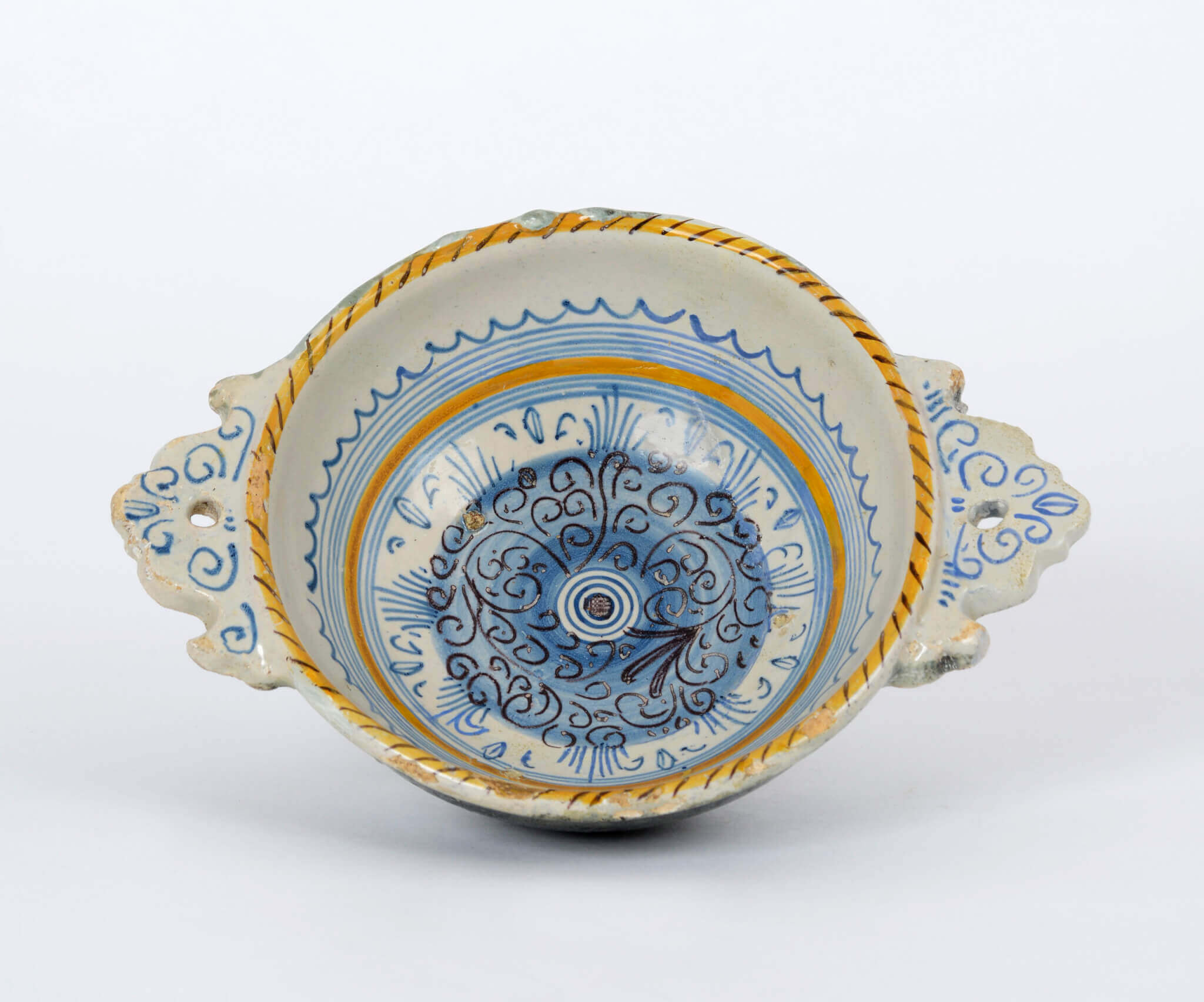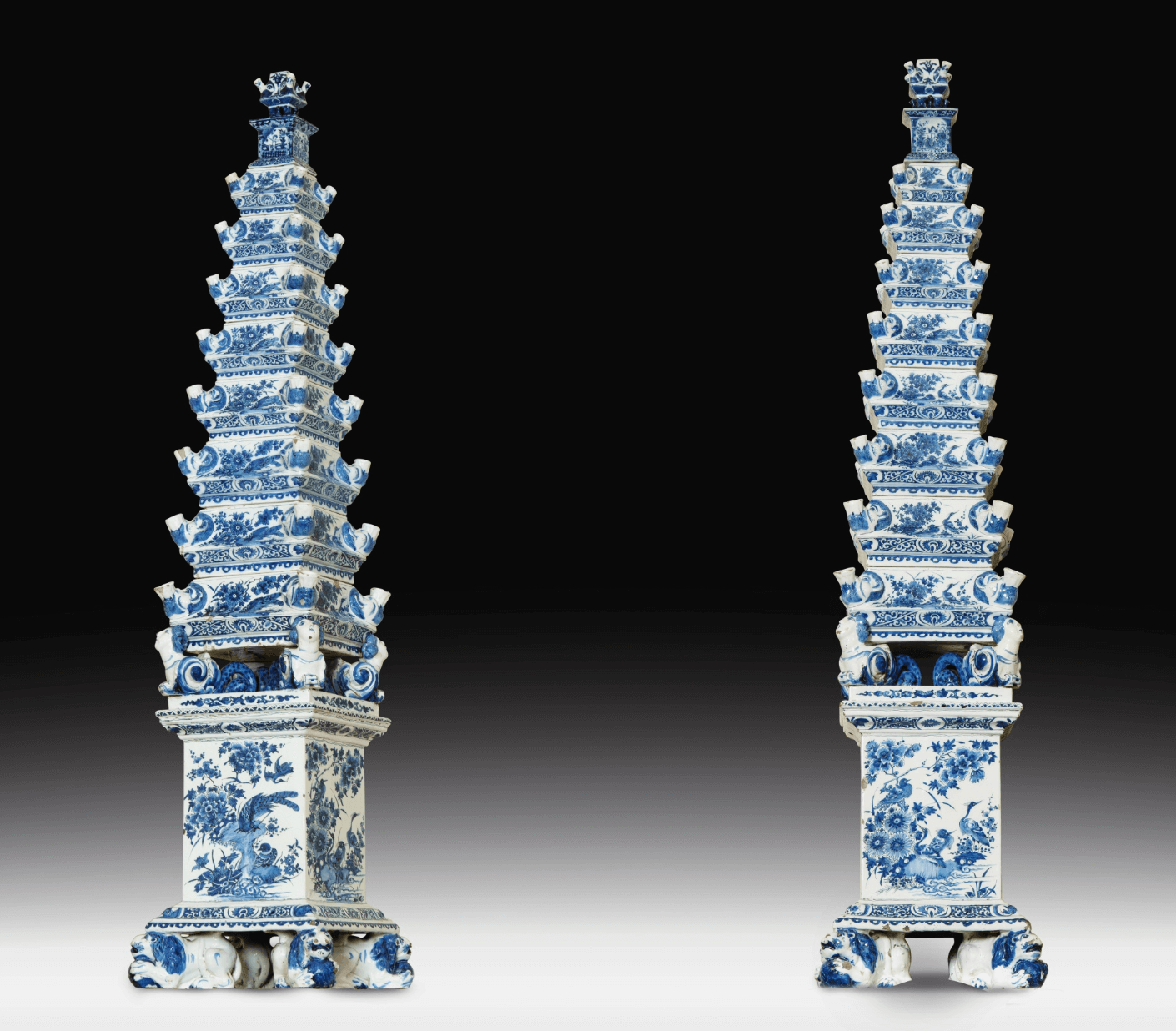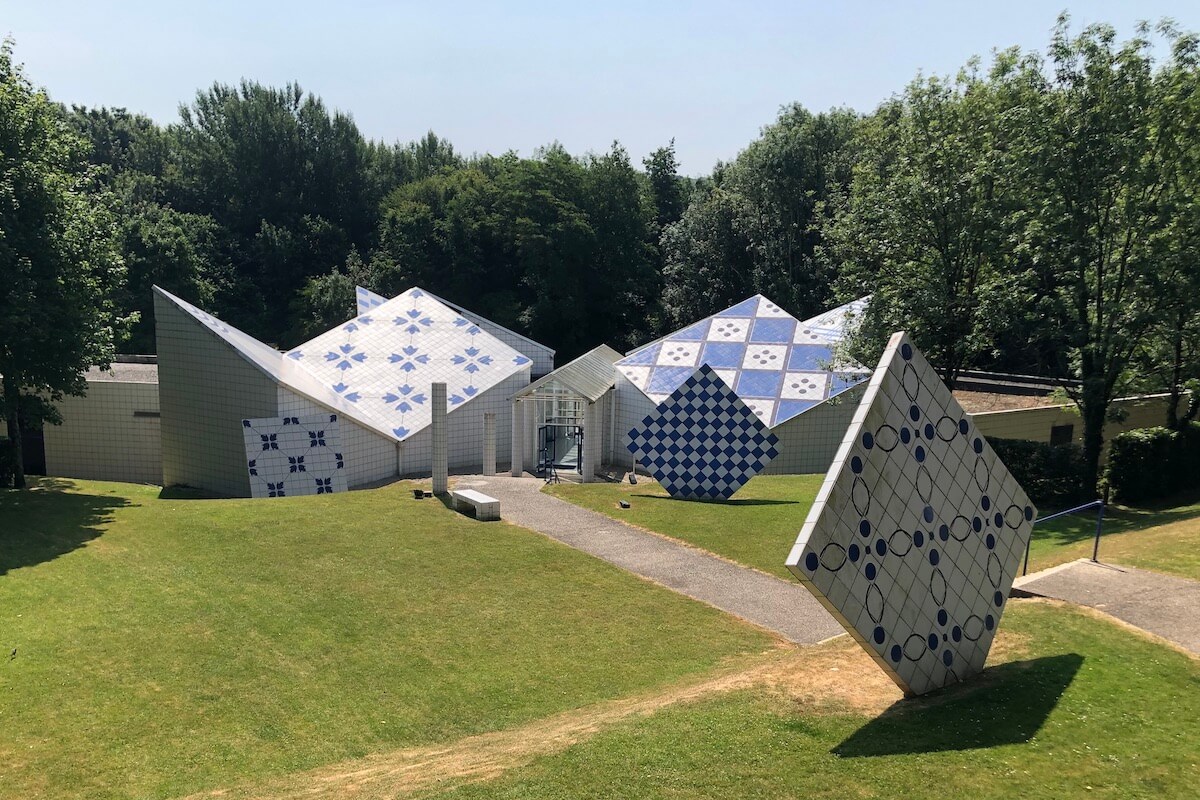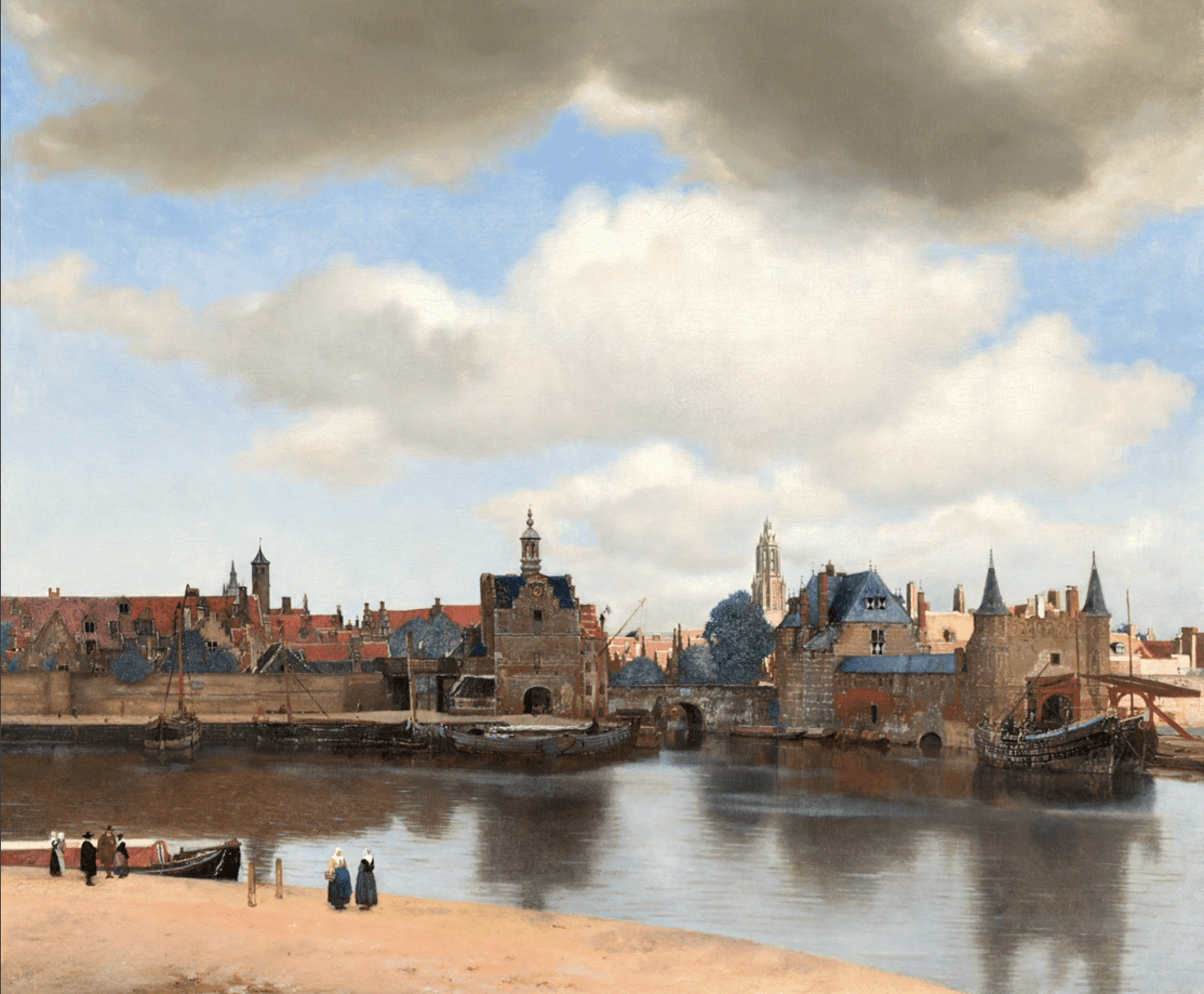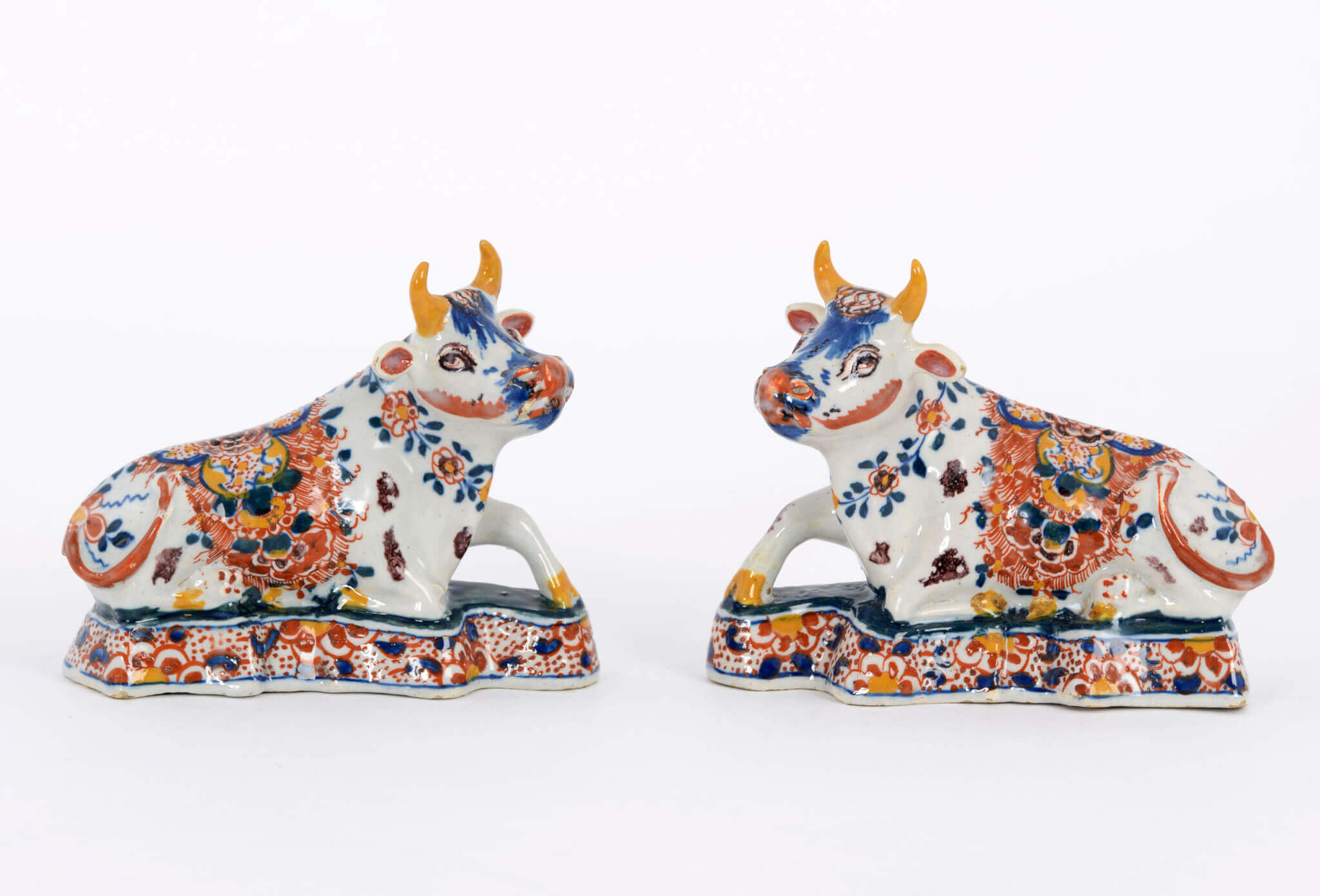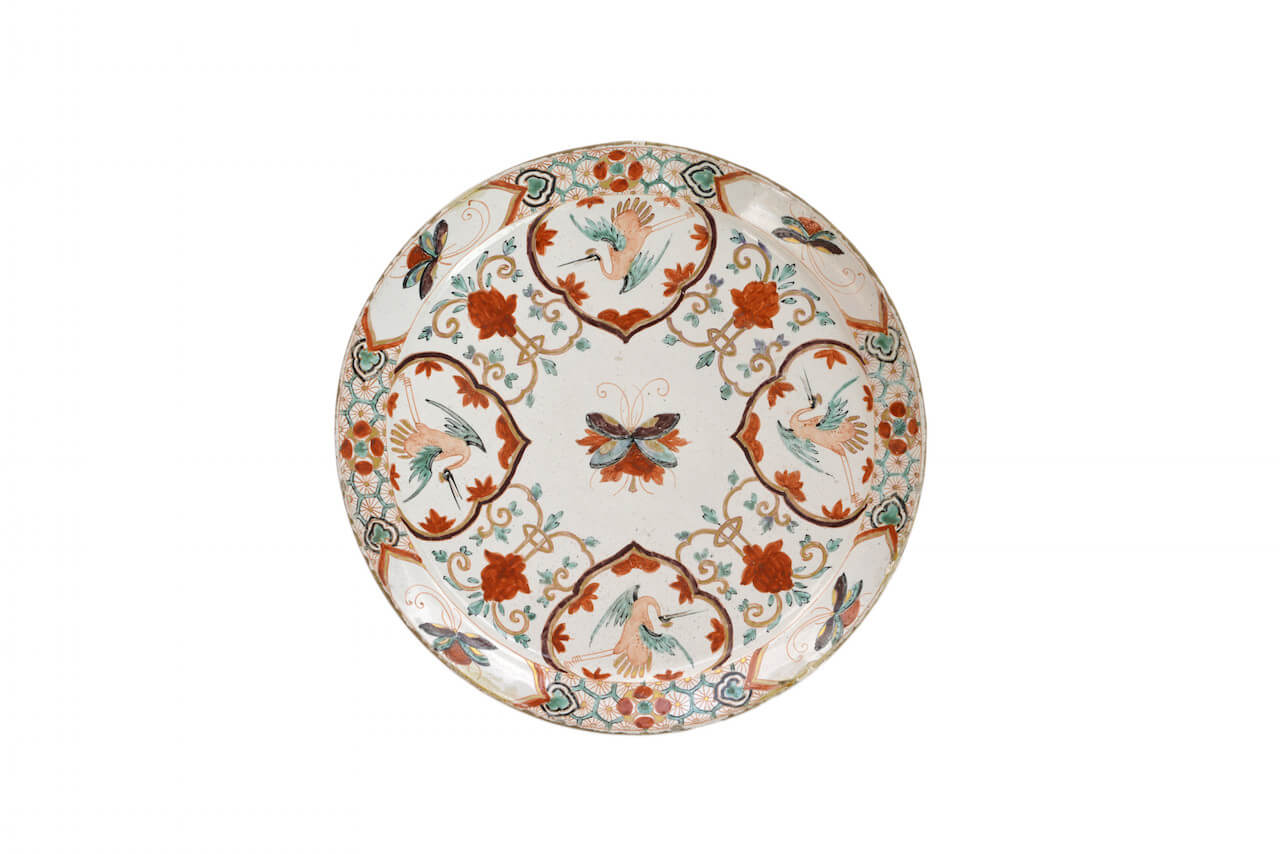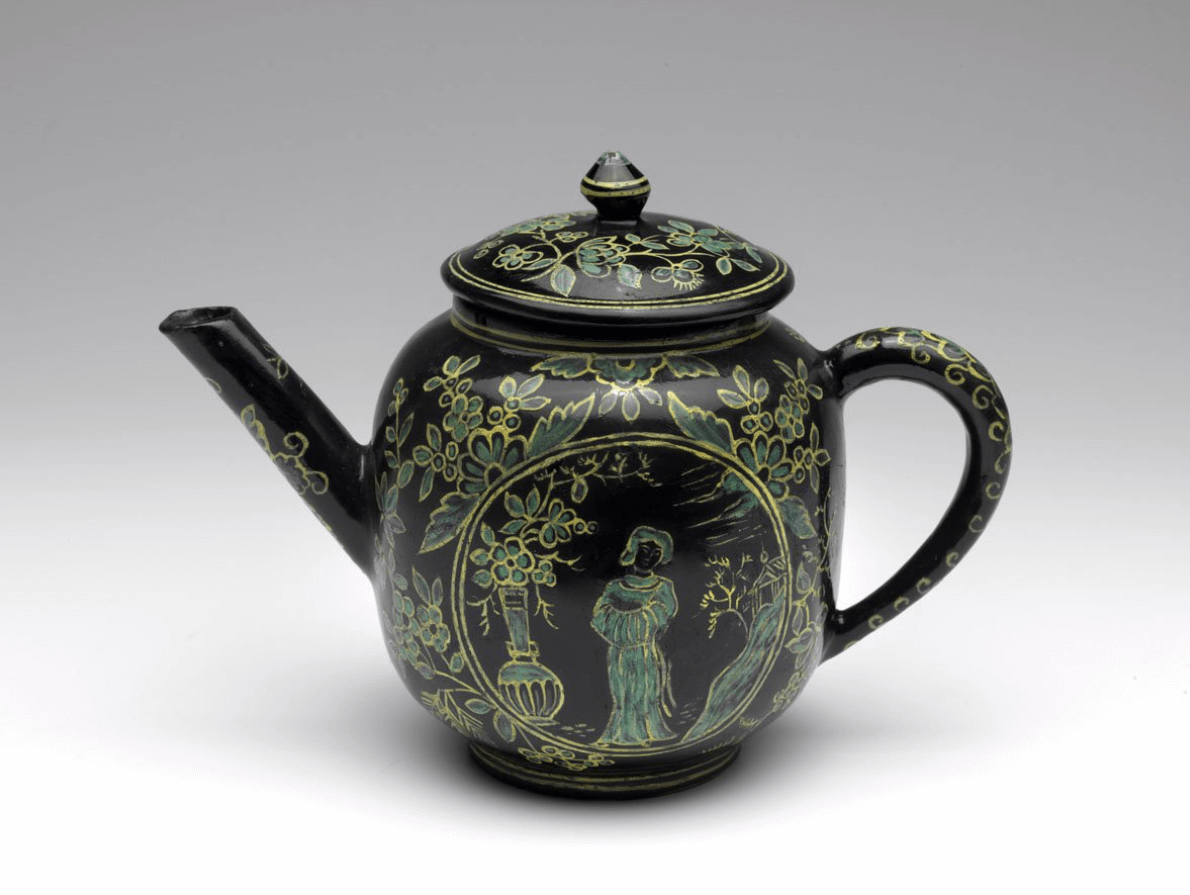The Birth of Dynasties
The Delftware industry originated in the early fifteenth century when Dutch potters were first introduced to maiolica (or majolica). The high quality ceramics were imported to the Netherlands from various cities in Italy and Spain, and Dutch potters began to emulate the wares for their own market. One of the most renowned Dutch families to…

